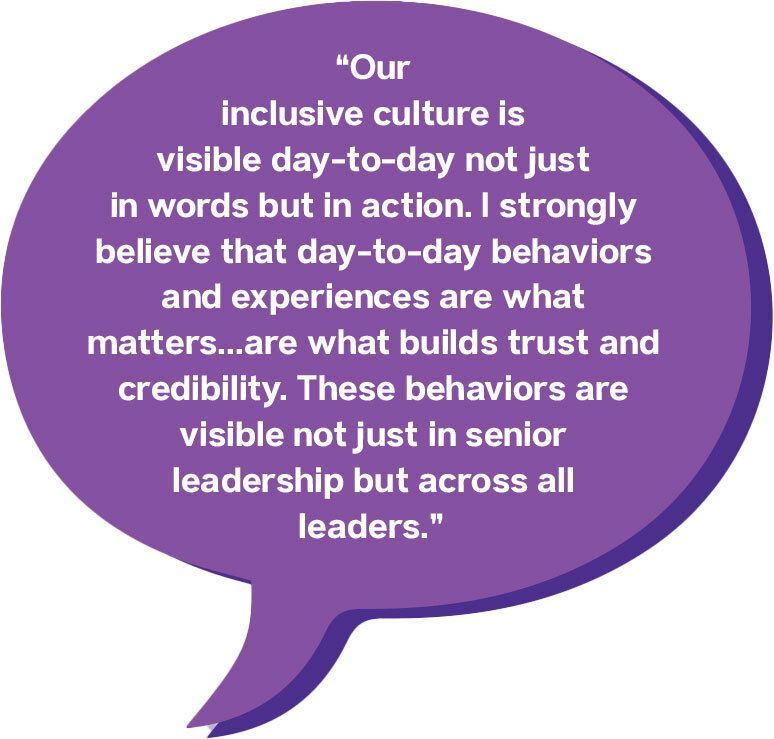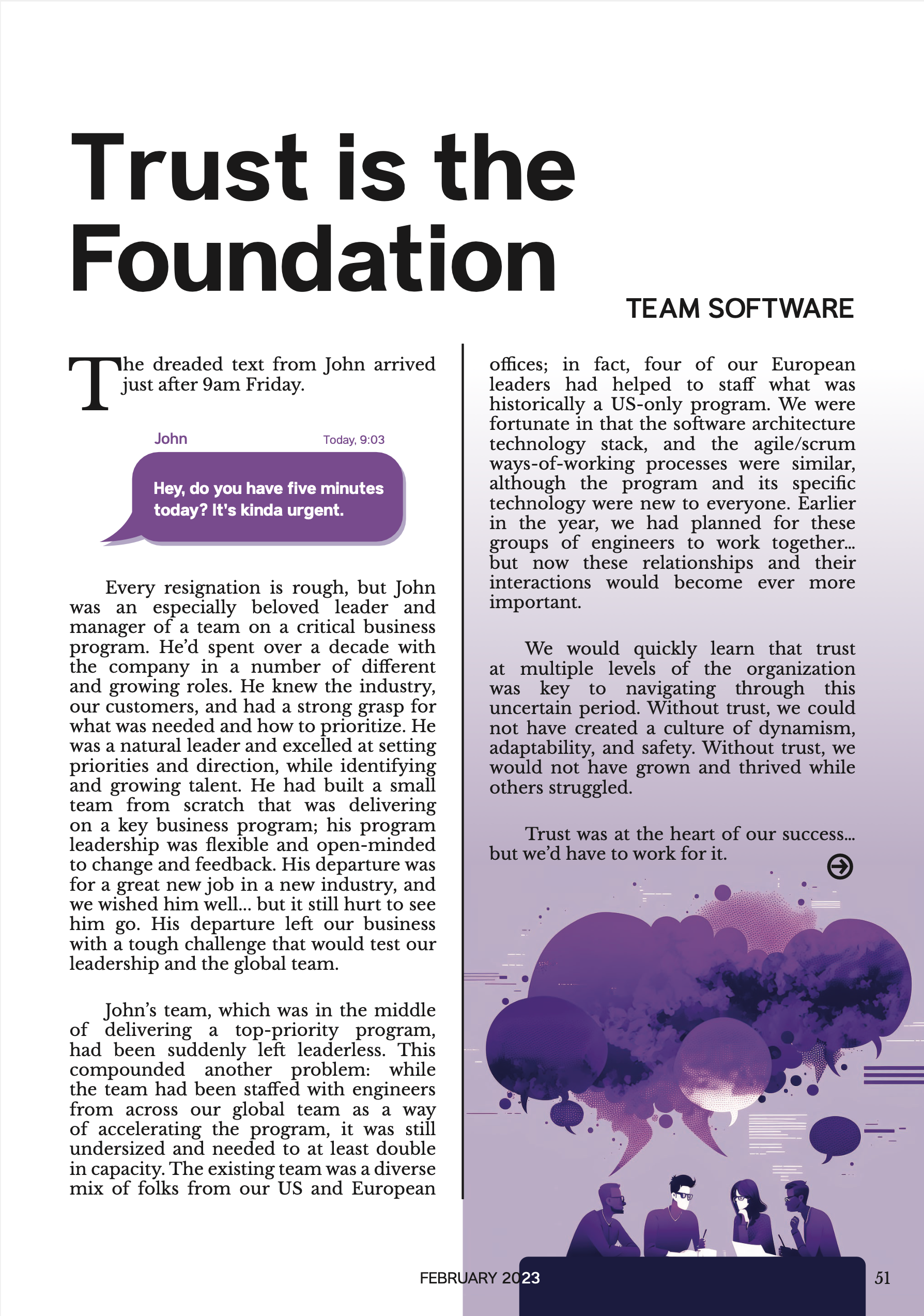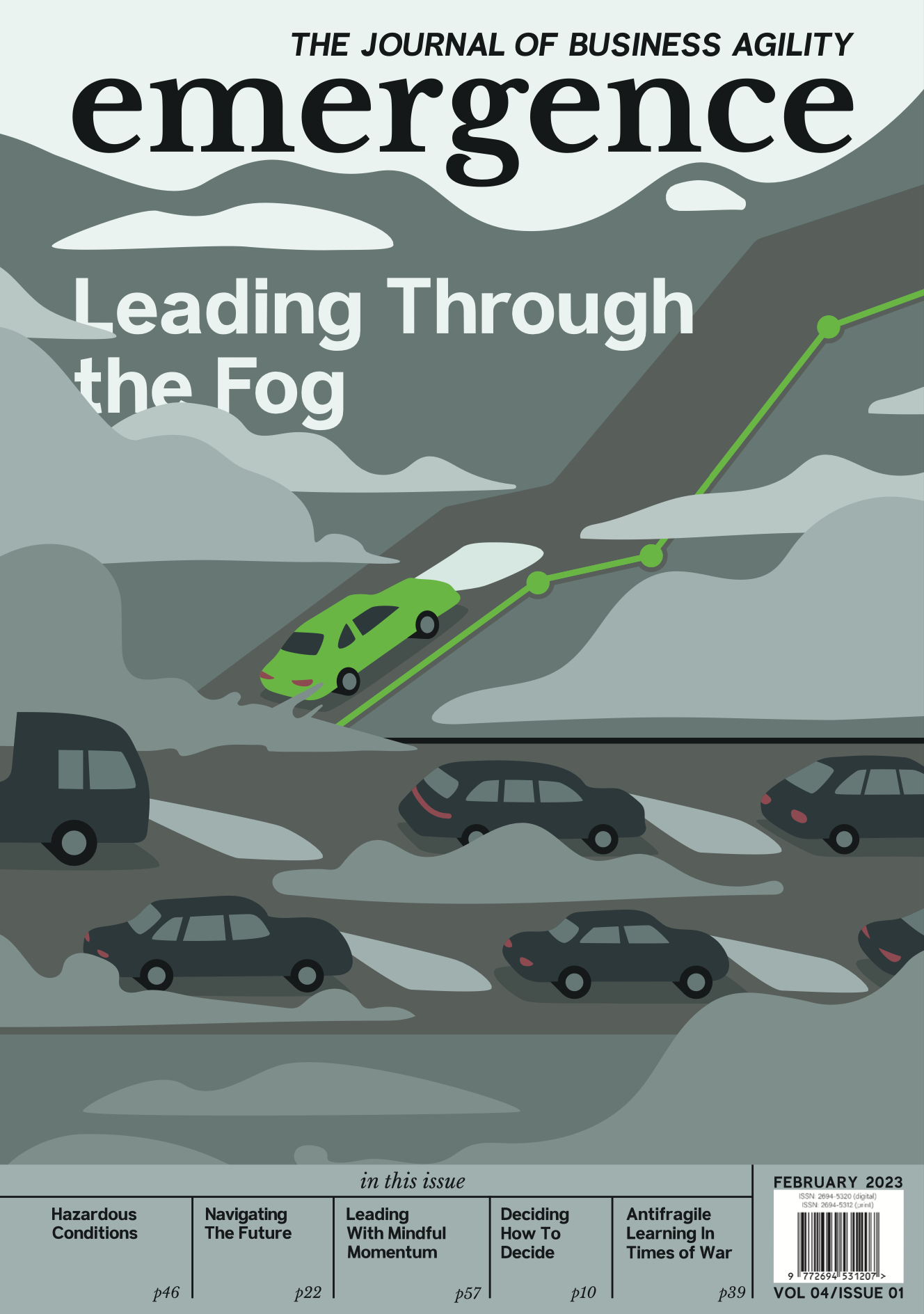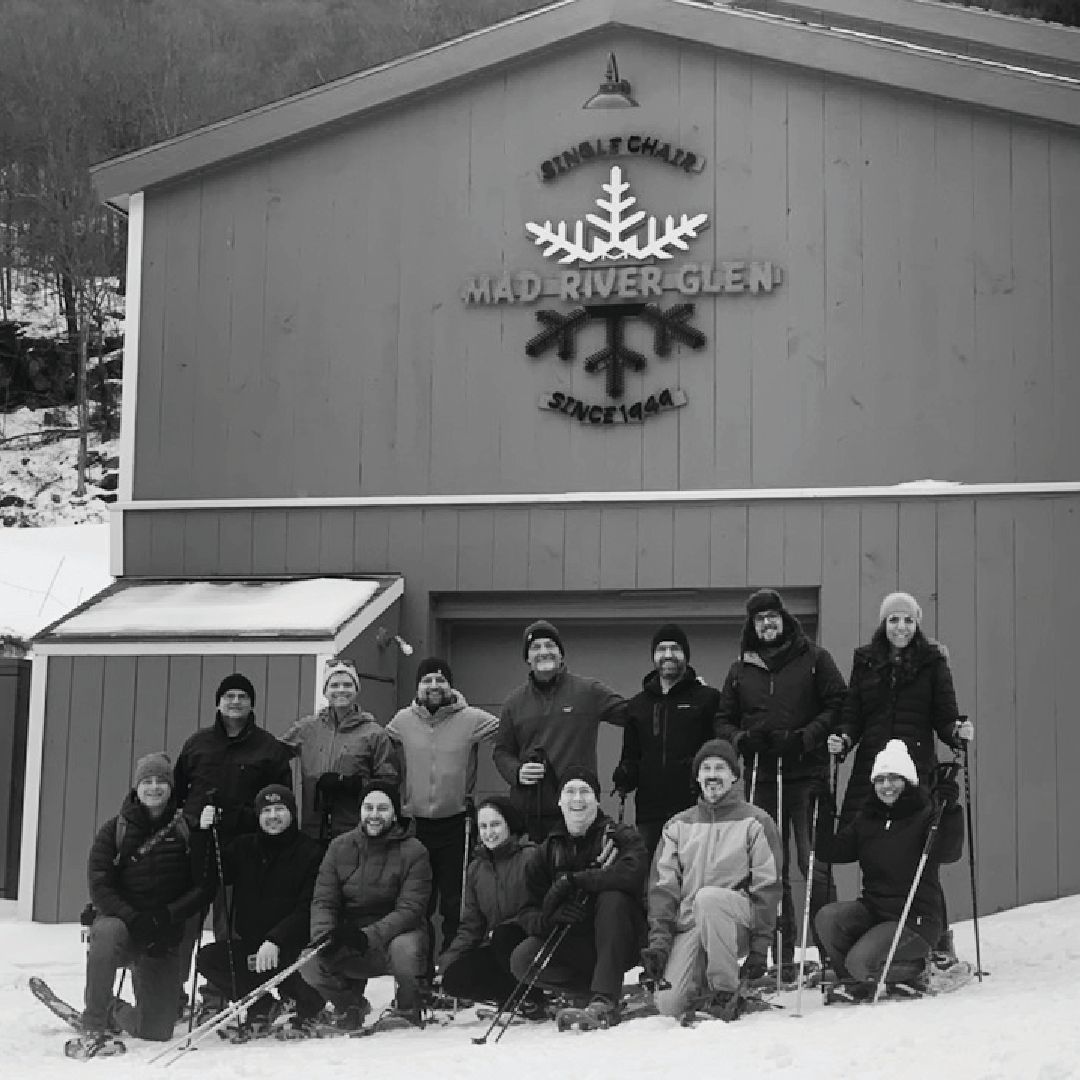Trust is the Foundation
The dreaded text from John arrived just after 9am Friday.

Every resignation is rough, but John was an especially beloved leader and manager of a team on a critical business program. He’d spent over a decade with the company in a number of different and growing roles. He knew the industry, our customers, and had a strong grasp for what was needed and how to prioritize. He was a natural leader and excelled at setting priorities and direction, while identifying and growing talent. He had built a small team from scratch that was delivering on a key business program; his program leadership was flexible and open-minded to change and feedback. His departure was for a great new job in a new industry, and we wished him well... but it still hurt to see him go. His departure left our business with a tough challenge that would test our leadership and the global team.
John’s team, which was in the middle of delivering a top-priority program, had been suddenly left leaderless. This compounded another problem: while the team had been staffed with engineers from across our global team as a way of accelerating the program, it was still undersized and needed to at least double in capacity. The existing team was a diverse mix of folks from our US and European offices; in fact, four of our European leaders had helped to staff what was historically a US-only program. We were fortunate in that the software architecture technology stack, and the agile/scrum ways-of-working processes were similar, although the program and its specific technology were new to everyone. Earlier in the year, we had planned for these groups of engineers to work together... but now these relationships and their interactions would become ever more important.
We would quickly learn that trust at multiple levels of the organization was key to navigating through this uncertain period. Without trust, we could not have created a culture of dynamism, adaptability, and safety. Without trust, we would not have grown and thrived while others struggled.
Trust was at the heart of our success... but we’d have to work for it.
In a way, the pandemic helped us through this challenging period. Words not often said; but there was some truth to a newly discovered flexibility toward working globally at a time when few (or none) of us were collaborating face to face in a single physical space. Without a leadership mandate, we observed individual engineers voluntarily acting flexibly in their working hours and finding ways to take advantage of (or extend) time zone overlaps where it made sense. Now, in John’s absence, the collaboration of these teams became paramount.
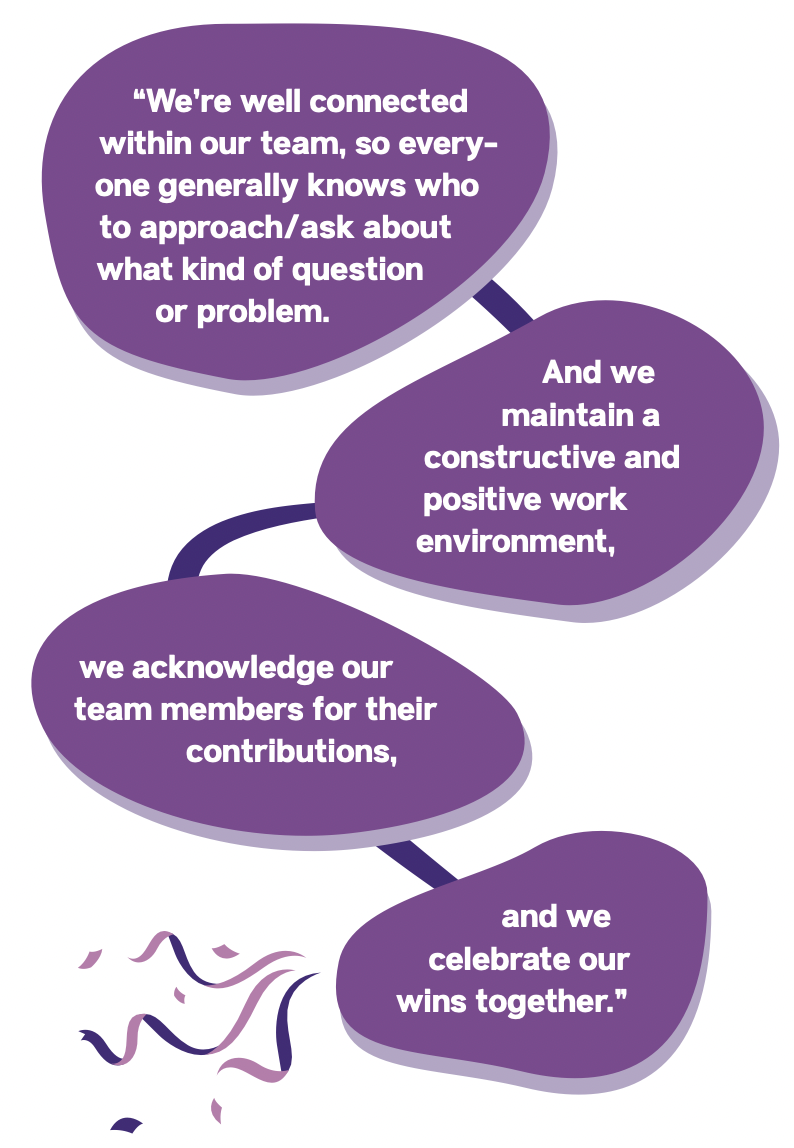
This level of collaboration and synchronicity was only made possible thanks to an initiative begun years prior, when individual team leaders from a variety of offices and countries decided to meet daily for a global leadership standup. As we spanned many programs, countries, and continents, scheduling was naturally difficult. We settled on a time slot that was at the end of the day in India, midday in Europe, and early morning in the US. Our daily “genba” brought team leaders together for no more than 30 minutes, to hear and see obstacles and hurdles needing help—essentially the “work news” of the day. The genba structure focused first on key customer needs or escalated issues, and then covered a short progress update or areas where help was needed for each of our major programs as leaders. We couldn’t have known the value and benefit of this standard daily work before the pandemic, but as we saw staffing levels fall (and then rise) and teams forced to flex in support of changing business priorities, we benefited from this daily touch as leaders. Our Daily Genba also helped us request help from each other, inform each other of important developments or struggles, and then to escalate when broader help was needed outside of our individual purview. This was vital after John’s departure, during the pandemic, and even more so now that we have more distributed heterogeneous teaming.
John wasn’t the only one to leave us.
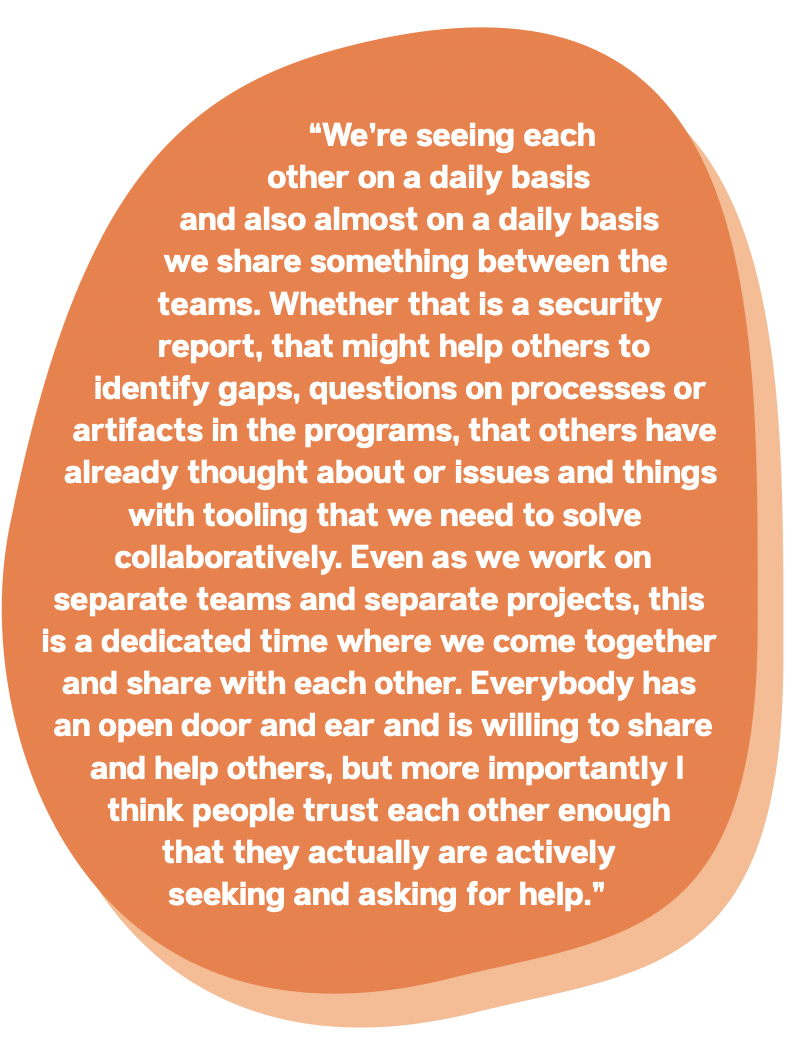
During the Great Resignation, engineers on each of our global teams also departed for new opportunities. We struggled and failed at times to recruit and onboard new talent. The market was competitive (if not downright hot) and we learned the hard way that recruiting was (or needed to be) a full-time focus. Too often we lost highly capable engineering candidates because we did not answer, respond, or address candidate status, next steps, or answer questions in a timely responsive manner. This problem was on us and we learned the hard way that the market (and our candidates) were disinterested in lengthy complex recruiting processes. If we were serious, we needed to show it by responding faster. We also learned that culture counts, and benefitted from honest, informal lunch discussions about the people, the team, the work, and the feel of the company. Lesson learned.
Faced with needing to replace John as the leader of the US program, we started a search with an outside firm. But this would take time, and with the program at a critical period, we needed interim leadership. Fortunately, Pete (one of our European leaders) was interested and willing to take a ‘bubble’ assignment challenge to be our interim lead. Doing this remotely was a challenge, but the fact that a number of Pete’s engineers in Germany were already working on the program became a useful unintended benefit. His regular 1:1 meetings with his team members working on John’s program, and the general program activities and progress from Genba, made his transition easier. The program wasn’t suffering from John’s absence, and the product management leader actually reached out and commented (unprompted) on how seamlessly the transition had worked. Kind kudos to Pete and the broader team for helping to maintain productivity.
Meanwhile, with this transition in progress, our broader organization received cultural survey feedback that our engineers sought a stronger sense of belonging, better connectivity to the broader business, and greater training opportunities. We didn’t want to lose any more engineers. Although our group was a subset of the larger organization, we did contribute across four different business portfolios and 12+ products for the business.
We had extensive reach and involvement with most areas of the business, but as a leadership team we struggled to find ways to address this feedback. In parallel, we also knew from attrition exit data that our less experienced population was looking for ways to keep their skills fresh, and to connect and learn with others in the organization to grow with both technical depth and business product breadth.
The leadership team brainstormed a few different ideas and processes, and a few seemed to stick and resonate. The broader team knew there was a degree of technical skill flexibility for who could work on which program, but detailed awareness of the various workstreams was limited. There was also feedback that the broader team sought more learning and understanding of technology and patterns/techniques for personal growth and learning. The next step was to trystorm a few ideas to see if any could help, or at least to fail (fall)-fast and iterate on the feedback. An optional monthly “brown bag” global team session was established on the third Thursday of each month, with a voluntary topic presented each month that was proposed and self-selected as a lunch-n-learn session. To get to know others better, this monthly meetup used 15 minutes at the beginning of the session to introduce groups, programs, or specialized teams and their work. This increased understanding and visibility of peers and projects across the organization. After the introduction came a 45-minute informal education topic or knowledge-sharing session, concluding with a question/answer segment. Topics varied from technical topics, to tooling, architecture, design, and process methods.

These sessions have had unintentional benefits. In addition to being a forum for others to get to know each other, and to learn certain skills or tools, the sessions also provided a safe environment for people to voluntarily propose, prepare, and present material to a friendly audience—all while also helping to teach and train others in a particular craft or skill. The fact that the teams have had a chance to virtually “meet” each other, as well as the actual program introduction itself, certainly made it easier for Pete to swoop in and take John’s place as program lead. It also helped to ease the transition of other engineers joining the program over time. Through these forums, we built familiarity, collegiality, safety, and the all important trust in one another.
The success of this program has encouraged us to spread our wings even further. A new pilot we will try this year relates to providing select engineers the opportunity to grow their skills and experiences with new projects, teams, and potentially geographies. The “engineer exchange” program aims to solicit volunteer engineers from two different programs and teams, and if approved by their people leader, switch projects. The volunteers will then work full time for up to six months in a fresh team, with a fresh focus. You could call it the professional version of a university student exchange program, complete with host families (work teams). We hope this will provide new and different opportunities to work in different areas of the business, with exposure to new technologies and experiences through learning and cultural information sharing.
Each of these initiatives help the broader team learn techniques and grow organizational and cultural muscle, which in turn builds trust with our teams and leaders. This cultural investment pays dividends over years (not months), and with that trust comes valuable benefits such as staff resiliency, ability to adapt and flex across different teams and programs, as well as familiarity with others including people, technology, and processes/tools. This also helps shape and familiarize the teams with managing change and building skills which enable greater agility to adapt to changing business and industry needs. Teams with these kinds of experiences and trust in and with each other are naturally and quite realistically capable of great things in a fast-paced and changing world.

As our organization continues to grow and our teams evolve to meet the challenges of the always-unpredictable 21st century, we succeed thanks to the foundational trust we have in one another: a foundation that requires patience, respect, and continued investment. Make trust your foundation too, and see how your organization thrives.
This content was originally published in the February, 2023 Edition of Emergence, The Journal of Business Agility. It has been republished here with the permission of the publication.
What is Emergence?
Emergence is the Journal of Business Agility from the Business Agility Institute. Four times a year, they produce a curated selection of exclusive stories by great thinkers and practitioners from around the globe. These stories, research reports, and articles were selected to broaden your horizons and spark your creativity.

